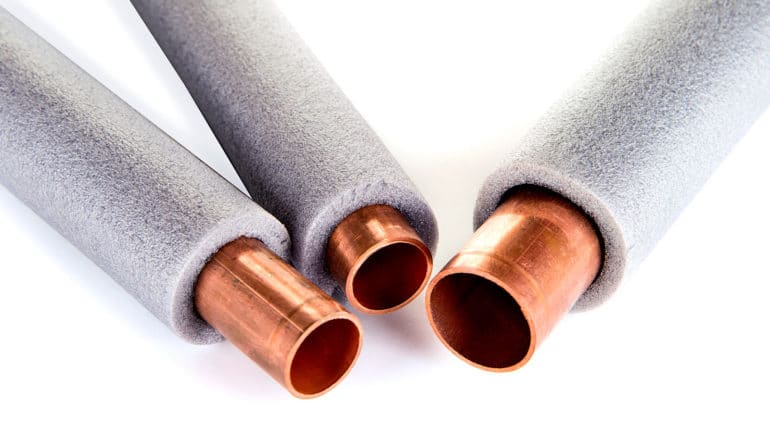
New evidence suggests that the fat around our arteries may play an important role in keeping those blood vessels healthy.
The finding could affect how researchers test for treatments related to plaque buildup in our arteries, or atherosclerosis, an issue that can often lead to a heart attack—a leading cause of death in the United States.
The fat, known as perivascular adipose tissue, or PVAT, helps arteries do what scientists call “stress relax,” or let go of muscular tension while under constant strain. This is similar to the bladder, which expands to accommodate more liquid while at the same time keeping it from spilling out.
“In our study, PVAT reduced the tension that blood vessels experience when stretched,” says Stephanie Watts, professor of pharmacology and toxicology in the Michigan State University College of Osteopathic Medicine. “And that’s a good thing, because the vessel then expends less energy. It’s not under as much stress.”
Researchers have typically ignored PVAT, thinking that its role was to store lipids and little more, says Watts. Her findings, which build on previous results, could help redefine the way scientists view blood vessels.
Right now, scientists only divide blood vessels into three parts, the innermost layer called the tunica intima, the middle layer called the tunica media, and the outermost layer called the tunica adventitia.
Watts would like scientists to recognize PVAT as the fourth layer, which others have called tunica adiposa—tunica means a membranous sheath enveloping or lining an organ and adiposa is a synonym for fat.
“For years, we ignored this layer—in the lab it was thrown out; in the clinic it wasn’t imaged. But now we’re discovering it may be integral to our blood vessels,” Watts says. “Our finding redefines what the functional blood vessels are and is part of what can be dysfunctional in diseases that afflict us, including hypertension. We need to pay attention to this layer of a blood vessel because it does far more than we originally thought.”
Other investigators have shown that PVAT plays a role in the functioning of blood vessels, finding that it secretes substances that can cause blood vessels to relax as well as substances that can cause it to contract.
But Watts and her colleagues wanted to test whether PVAT itself, rather than the substances it secretes, might play a role in how blood vessels perform. So, they decided to test whether PVAT provides a structural benefit to arteries by assisting the function of stress relaxation.
To do that, they tested the thoracic aorta in rats and found those with intact PVAT had more stress relaxation than those without.
“My mind was blown,” Watts says, when she saw that the pieces with surrounding fat had measurably relaxed more than those without. “I made every single person in my lab come and look and I asked, ‘Tell me if I’m hallucinating…do you think this is real?'”
Watts and her colleagues also tested other arteries and were able to duplicate the same response.
“So, this tells us, it’s not just a one off,” Watts says. “It’s not something you see only in this particular vessel or this particular species or this particular strain. But that maybe it’s a general phenomenon.”
The findings appear in Scientific Reports.
Source: Michigan State University
The post The fat around arteries seems to have an important job appeared first on Futurity.
from Futurity https://ift.tt/2HJrV3A
No comments:
Post a Comment